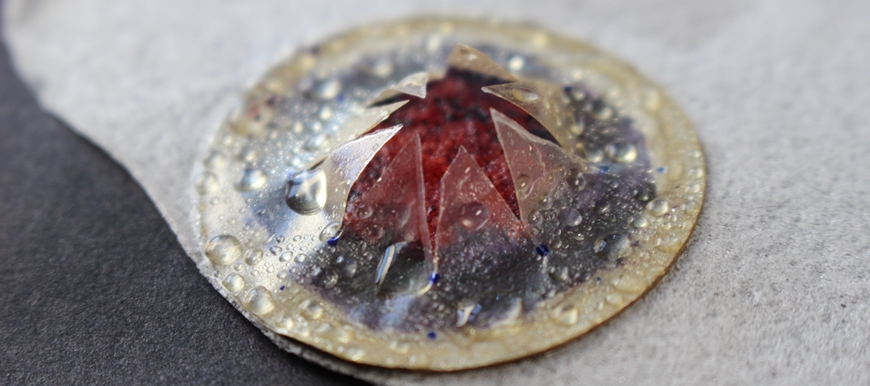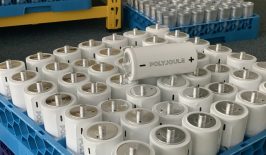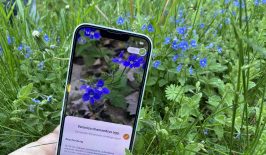We know climate change is a critical threat to our environment. Still, we’re missing key data about our ecosystems. That’s because data collectors can’t always gather information in remote and inaccessible areas – especially without leaving a footprint. While advanced technologies like drones or remote sensing offer benefits in terms of efficiency and data quality, they also have environmental impacts.
Empa researchers at the Sustainability Robotics laboratory in Dübendorf have developed a solution in the form of biodegradable gliders with sensors. These cheap and sustainable devices can collect environmental data in an energy-efficient and autonomous manner, even in areas previously difficult to reach.
Bio-gliders modeled on the Javan cucumber
The biodegradable gliders with sensors draw inspiration from the flying seeds of the Javan cucumber, both in design and their ability to biodegrade. The gliders are equipped with smart sensors that gather vital eco-parameters in real-time, including information on soil moisture, acidity, and other environmental factors. By releasing these gliders, researchers can monitor the condition of forest soil and its biological and chemical balance. Future versions of these sensors will be able to get real-time readings on trees, water, and soil. Of course, nature is increasingly studied to inspire technology design. Recently, dandelions served as a model for remote sensing in a mass network.
Sensors respond to rain and open like flowers
The gliders are made from potato starch, which can be printed and shaped into the form of the cucumber seed. With a wingspan of 14 centimeters, and weighing only 1.5 grams, including the sensor, the glider is able to descend slowly for optimal data collection. The smart sensor, protected by a nanofibrillated cellulose film, reacts to atmospheric moisture. When rain falls, the protective film opens like a flower, enabling the sensor to start its operation. Once the data collection is complete, the glider decomposes naturally within a few weeks, returning its components to nature.
Advancing the evolution ofhigh-quality biotech
The biodegradable gliders with sensors are part of a broader effort to develop environmentally-friendly sensor drones for accurate environmental monitoring. The goal is to record the effects of climate change on various habitats using technology fully capable of natural breakdown. The drones, equipped with high-quality biodegradable components, will provide accurate data for predicting environmental changes and taking appropriate preventive measures. The findings from the bio-glider project will contribute to the development of these advanced drones, supporting the concept of “digital ecology” for a sustainable and informed approach to conservation. The next step, as we recently learned in our interview with Stephan Bohn from the Humboldt Institute for Internet and Society (HIIG), is making sure the data is open for all.









